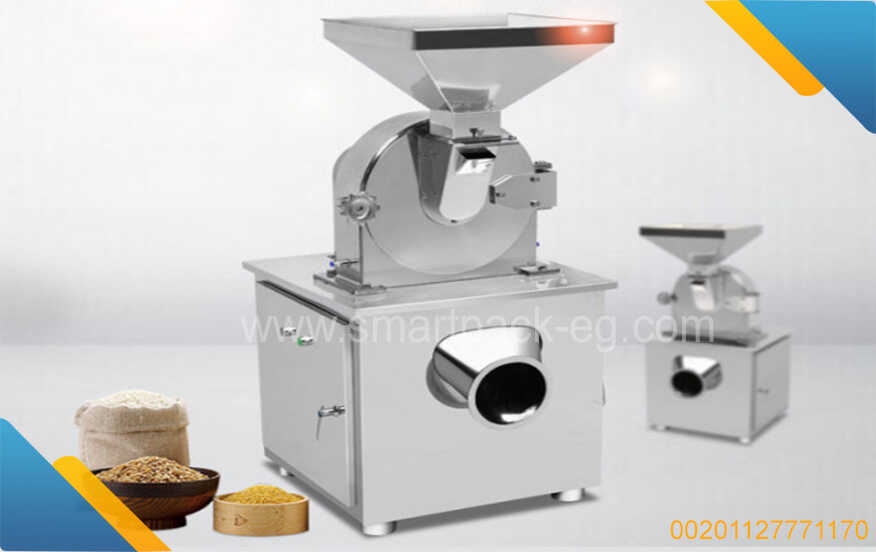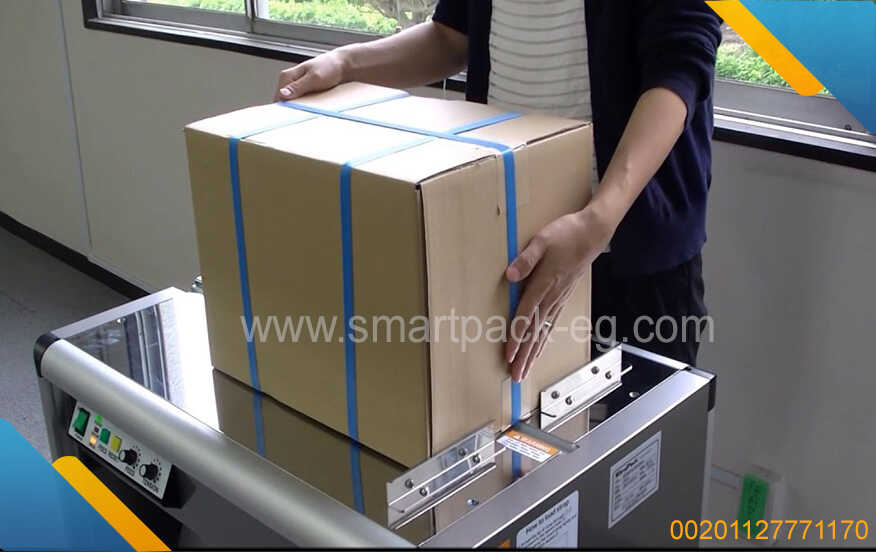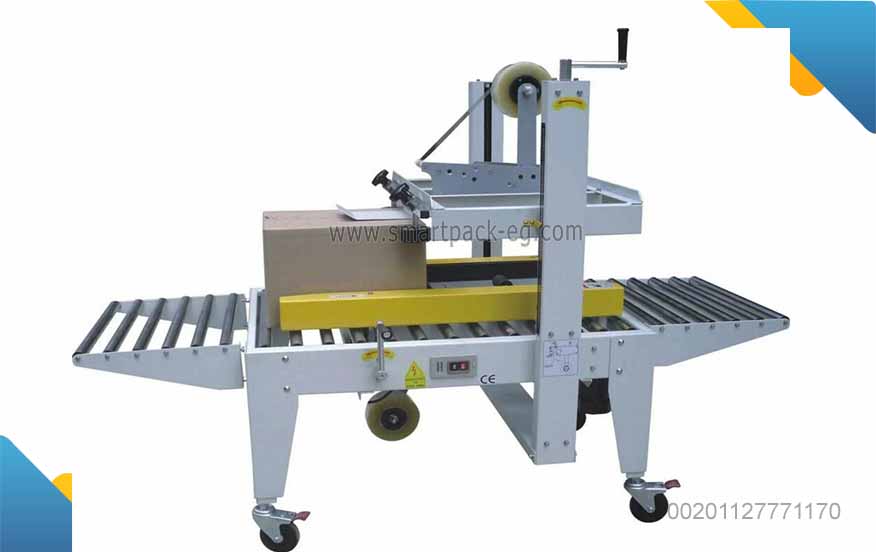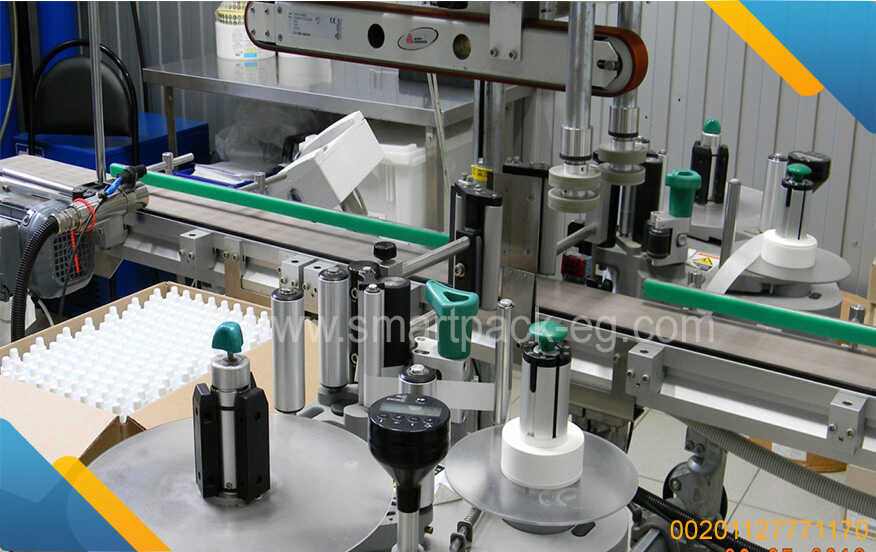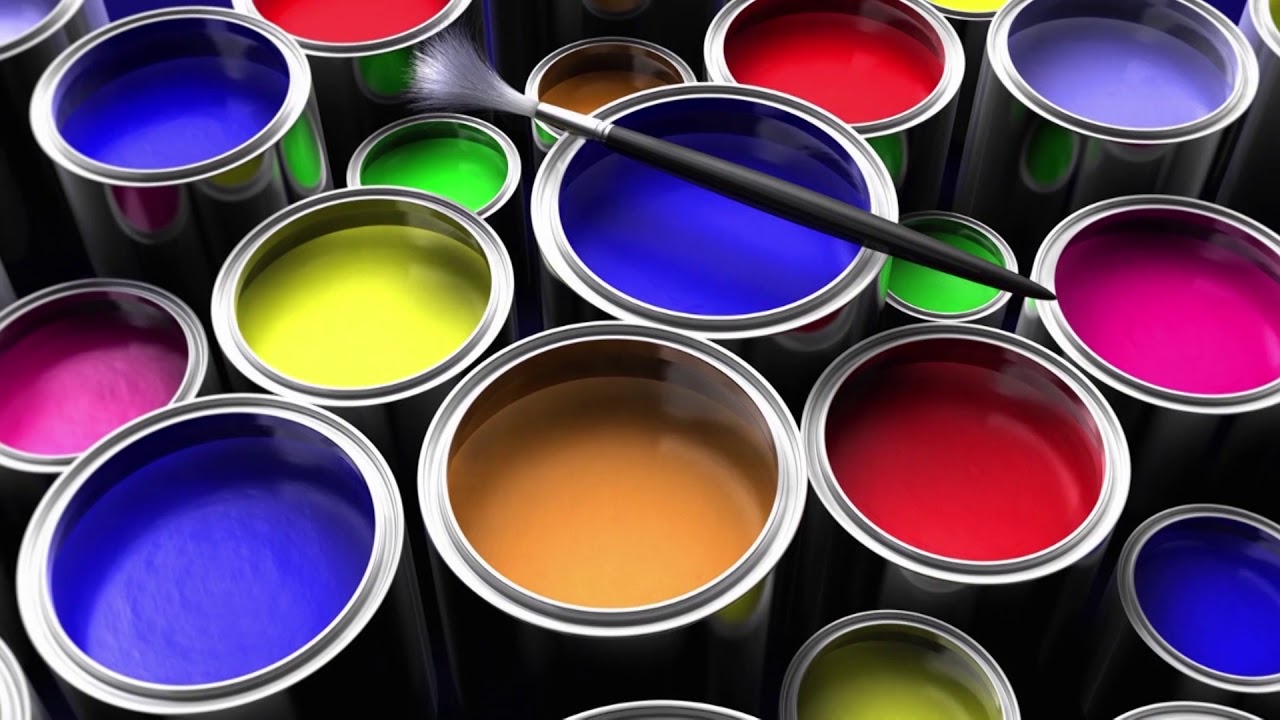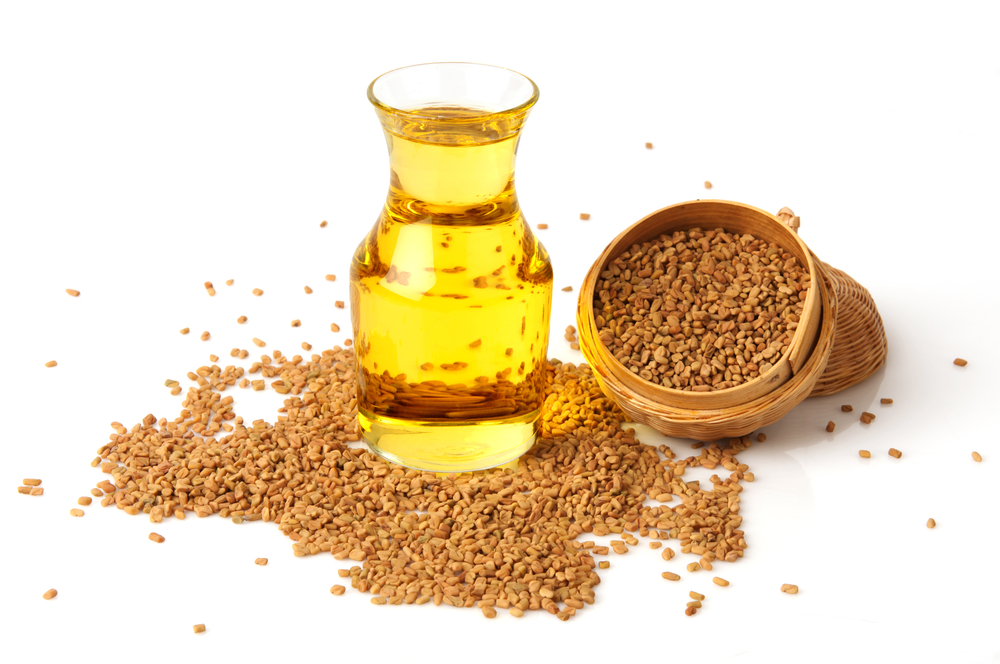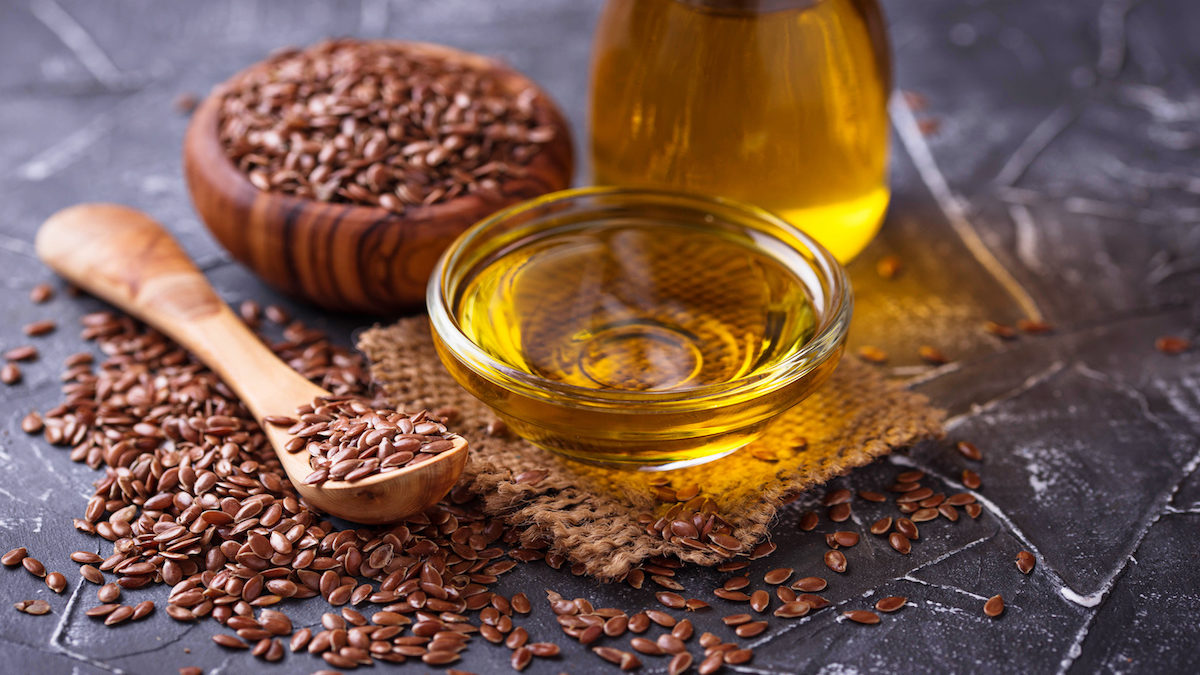How To Guide: Sunflower Oil Production and Packaging Plant Machinery and Components
Introduction:
In this guide, I will provide a step-by-step overview of the machinery and components required for setting up a sunflower oil production and packaging plant. Sunflower oil is a widely consumed edible oil known for its health benefits and versatility in cooking. By following this guide, you can gain valuable insights into the equipment needed to initiate and streamline your sunflower oil production.
Step 1: Preparing the Sunflower Seeds
Before diving into the details of the machinery, it's important to focus on the initial stages of production. This involves cleaning, drying, and preparing the sunflower seeds for processing. Here are some essential components required for this step:
-
Seed Cleaning Machine: This machine removes any impurities, debris, or damaged seeds from the batch. It ensures that only high-quality seeds proceed to the next stage of production.
-
Seed Dryer: This component helps in reducing the moisture content in the sunflower seeds to an optimum level. It prevents mold formation and ensures better oil extraction efficiency.
Step 2: Sunflower Oil Extraction
Once the seeds are properly prepared, the next step is the extraction of oil. There are two primary methods for oil extraction: cold pressing and solvent extraction. Let's explore the machinery required for each method:
-
Cold Pressing Method:
- Seed Crusher: This machine crushes the sunflower seeds into a fine powder, making it easier to extract oil.
- Oil Expeller: The oil expeller applies mechanical pressure to the crushed seeds, squeezing out the oil. The expeller usually consists of a screw conveyor, barrel, and electric motor.
-
Solvent Extraction Method:
- Seed Cracker: This machine cracks the seeds, exposing the inner kernels for better oil extraction.
- Seed Cooker: The seeds are heated in this component to facilitate the separation of oil.
- Oil Extractor: This equipment uses solvents like hexane to extract oil from the cracked and cooked sunflower kernels.
Step 3: Oil Refining and Processing
After extraction, the crude oil obtained requires further refining and processing to enhance its quality and ensure it meets food safety standards. Here are the components involved in this stage:
- Oil Filter: This machine removes any solid impurities or sediments from the crude oil, improving its clarity and purity.
- Degumming Tank: The oil is mixed with water and heated to remove impurities like phospholipids and gums.
- Neutralization Tank: The neutralization process helps in removing free fatty acids from the oil by treating it with chemicals like caustic soda.
- Bleaching Tank: In this step, the oil is treated with bleaching agents like activated carbon to remove pigments and further purify it.
- Deodorization Tank: A high-temperature vapor distillation process removes any unpleasant odor or taste from the refined oil.
Step 4: Packaging and Storage
Once the oil has been refined, it is ready for packaging and storage. Here are the components required for this final stage:
- Filling Machine: This equipment ensures accurate and efficient filling of the oil into bottles or containers, eliminating any spillage or wastage.
- Capping Machine: The capping machine securely seals the bottles or containers, ensuring product safety and preventing leakage.
- Labeling Machine: After capping, the bottles are passed through a labeling machine that affixes product labels with essential information such as manufacturing date, expiry date, and nutritional content.
- Storage Tanks: For bulk storage, stainless steel storage tanks with temperature and humidity controls are recommended to maintain the quality of the oil.
Conclusion:
Setting up a sunflower oil production and packaging plant requires careful planning and investment in the right machinery and components. By following the steps outlined in this guide, you will be equipped with the knowledge needed to initiate your sunflower oil production journey and ensure high-quality oil for your consumers. Remember to adhere to safety and quality standards to guarantee the success and growth of your business.

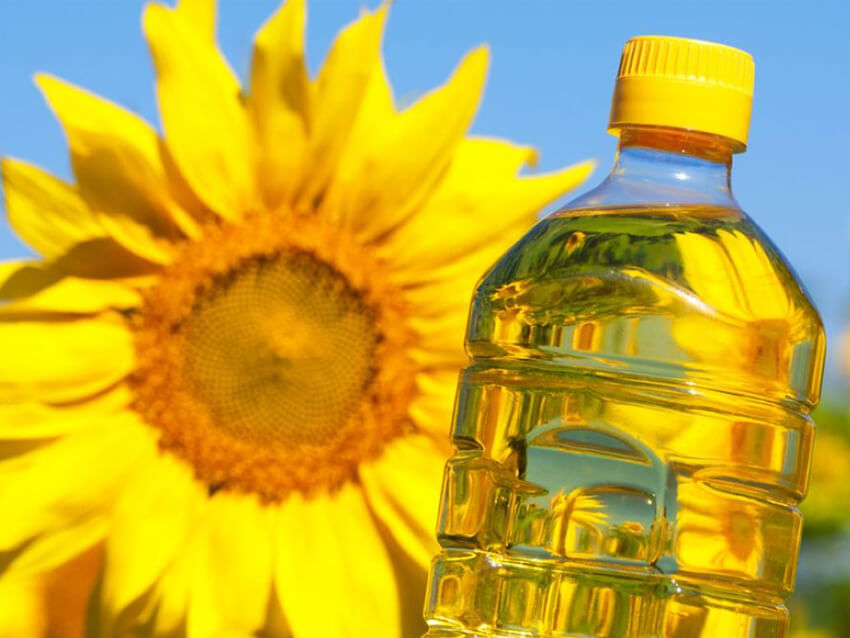
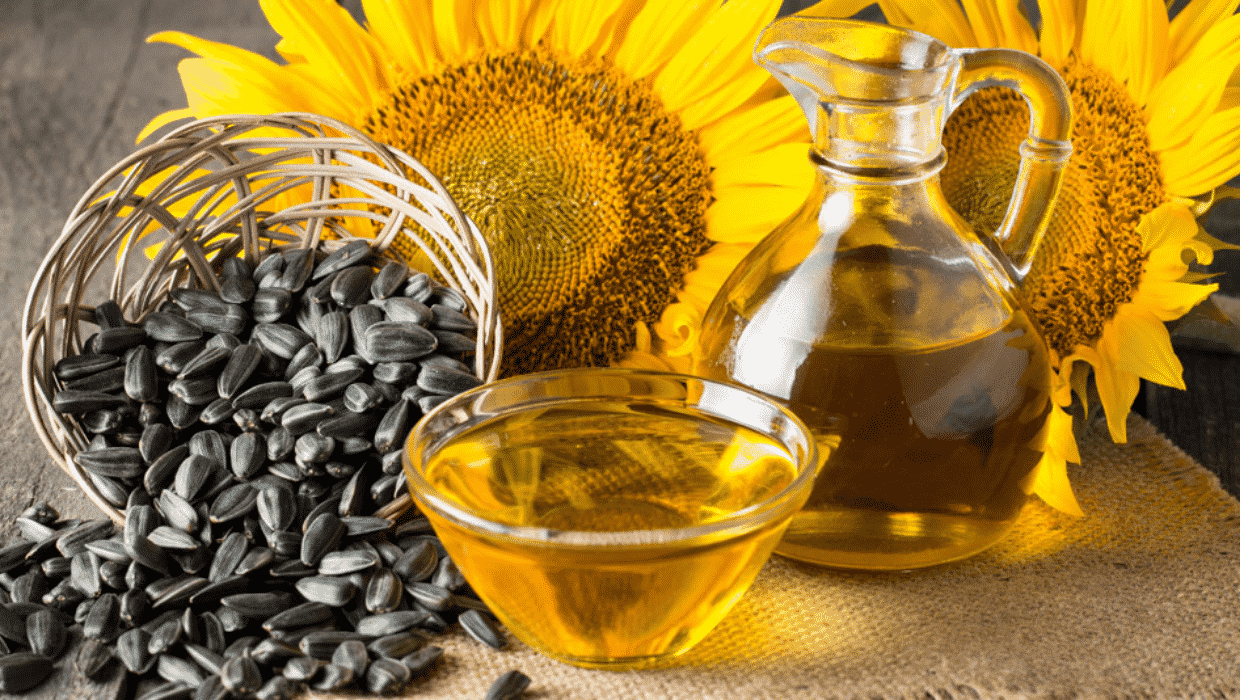
 Admin
Admin 